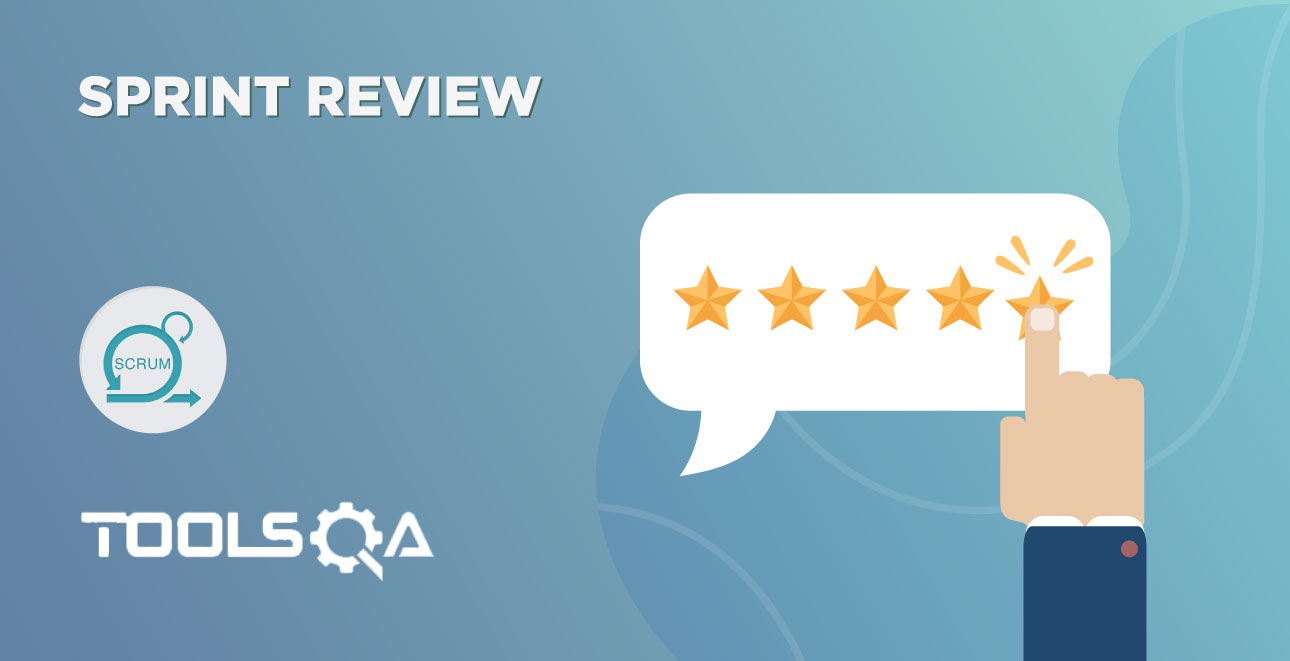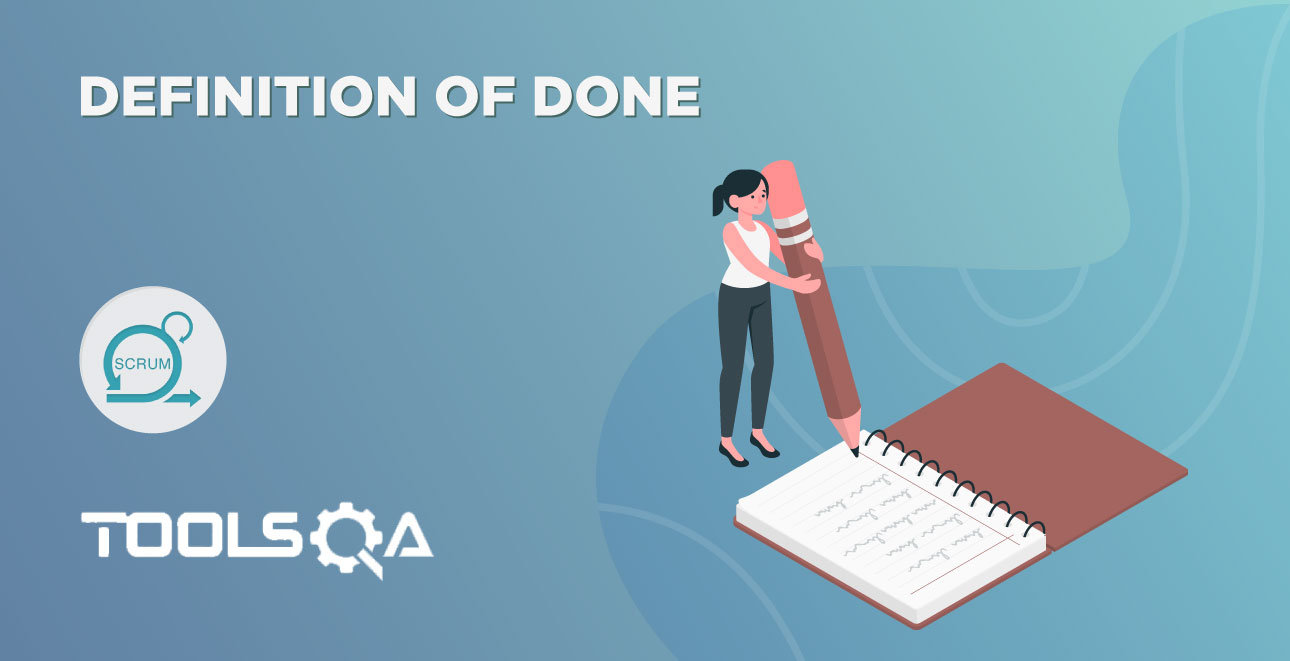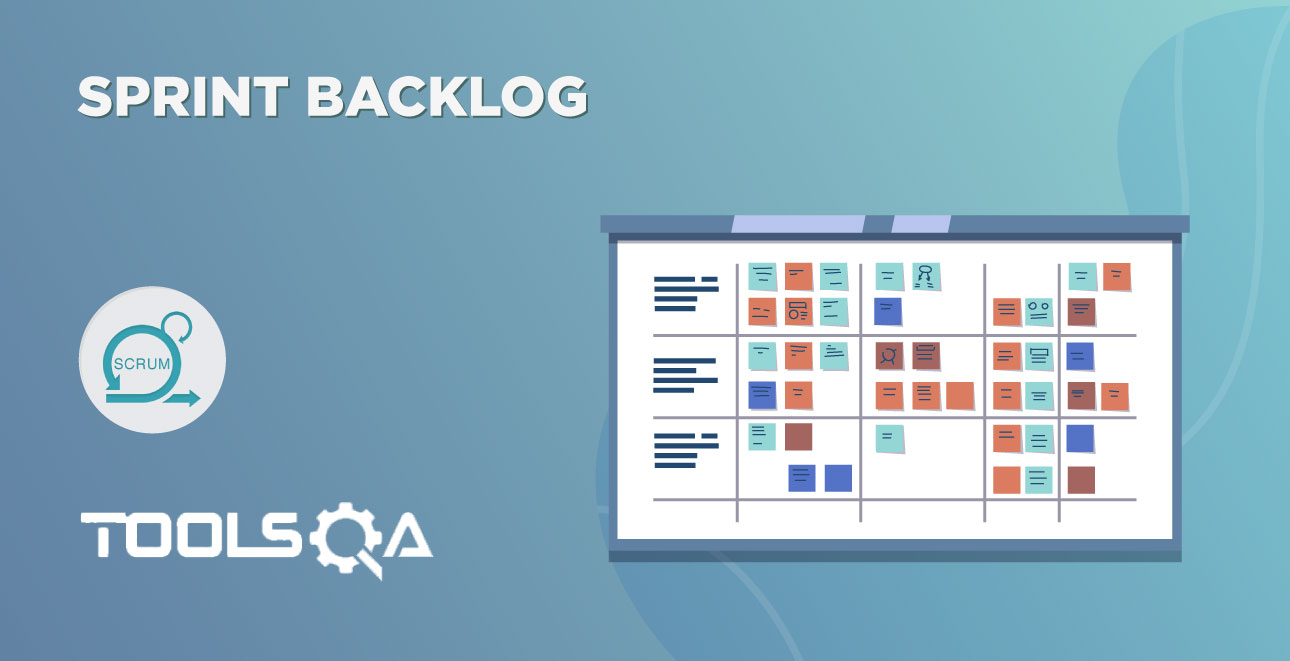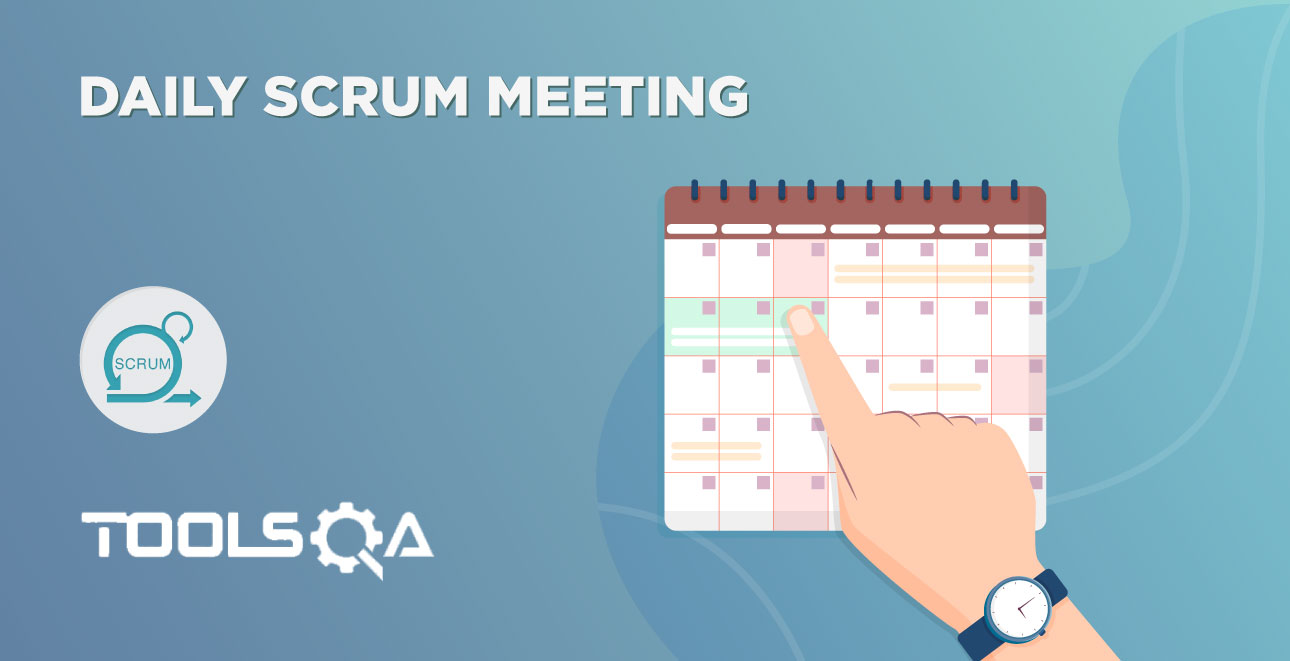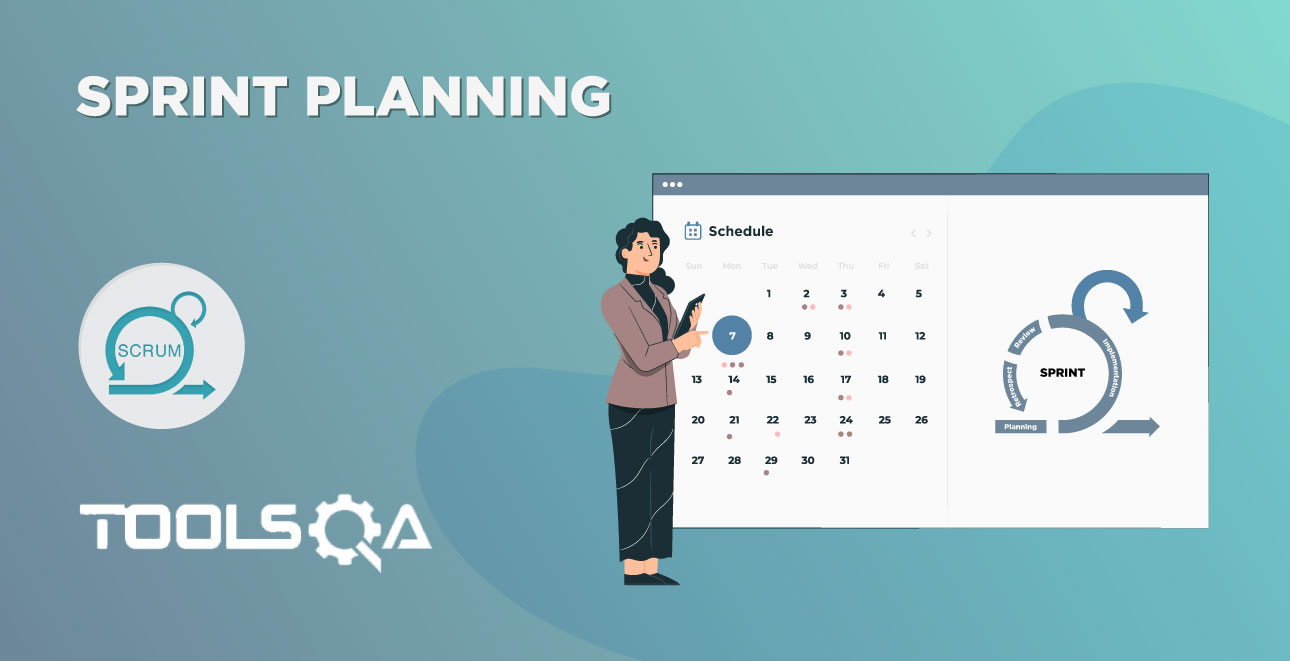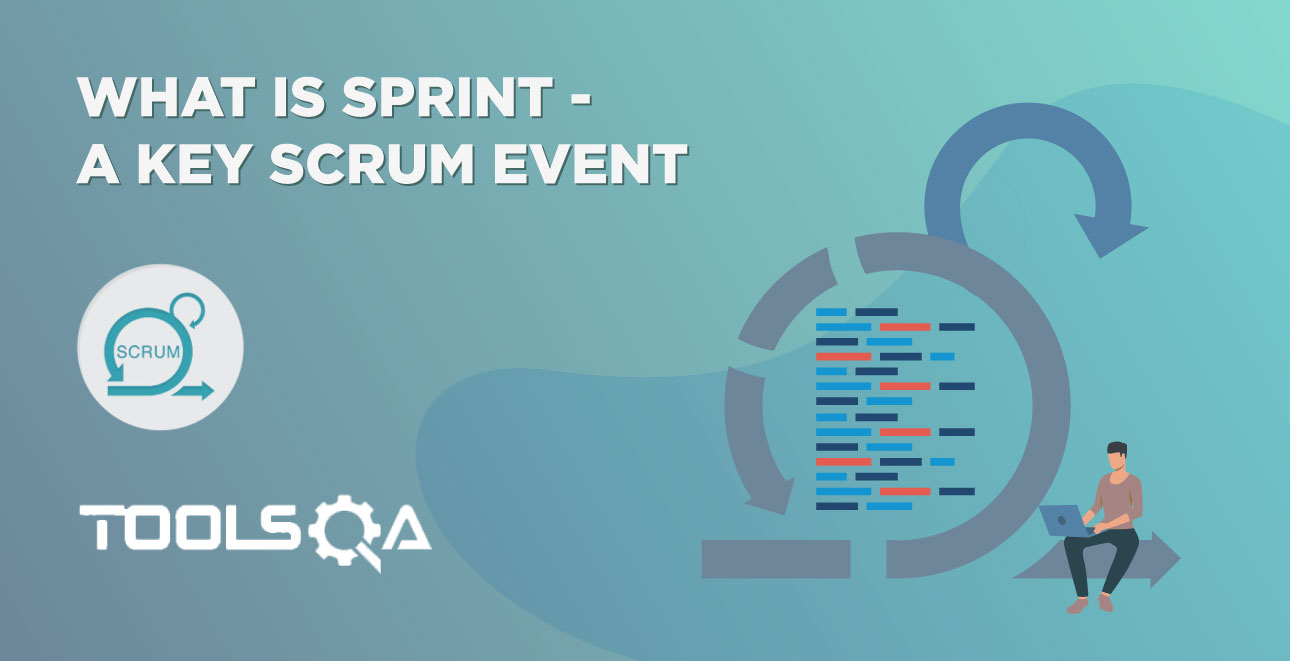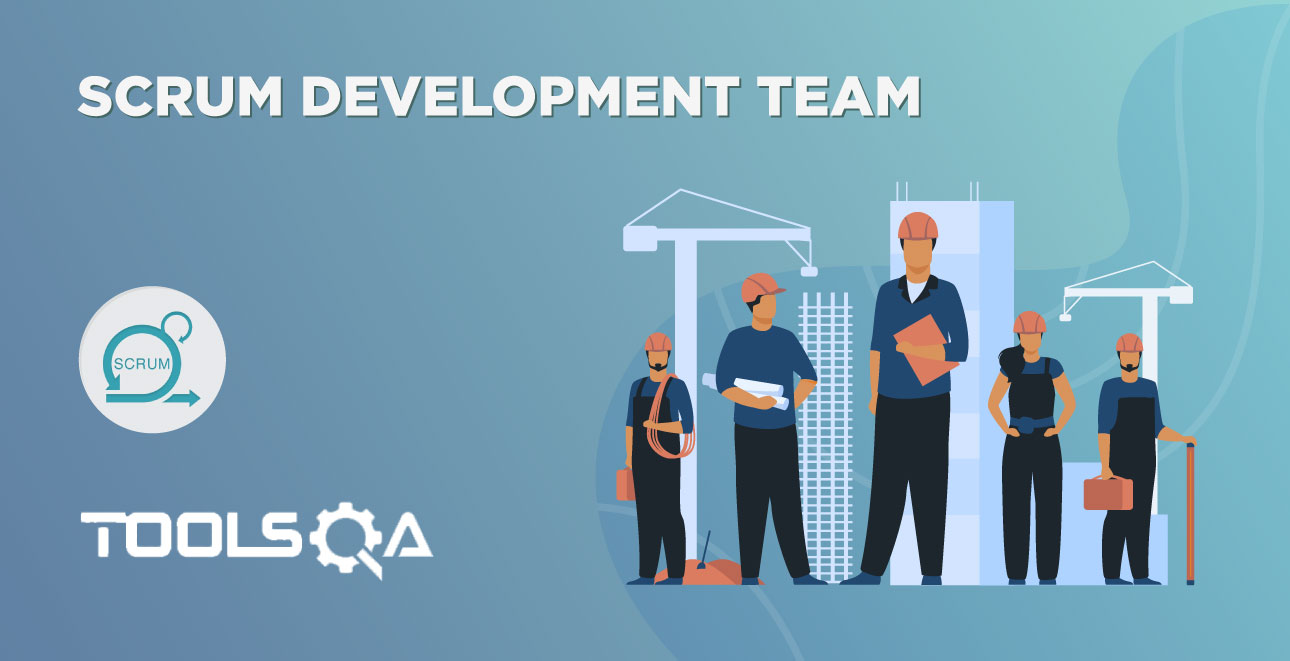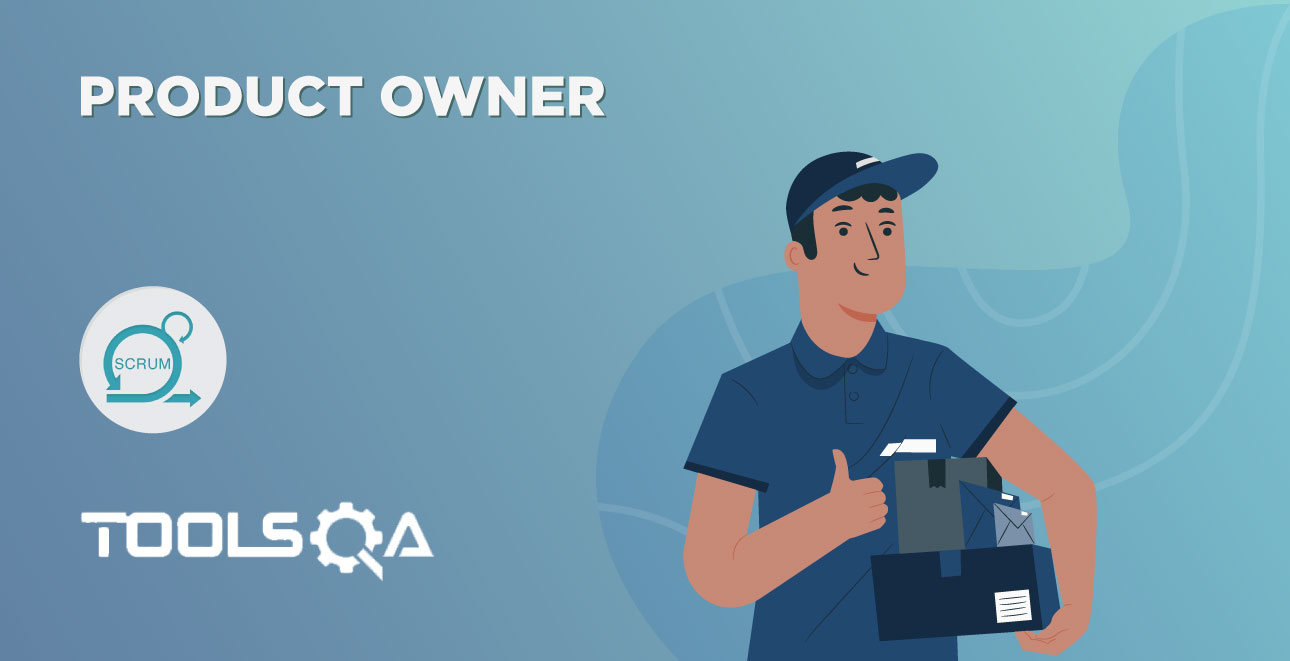We have covered all the Scrum events related to Sprint Planning, Sprint Meeting, and Sprint Review. But scrum is all about improvement and adaptation. So when do we figure out what worked in the Sprint, what did not, and what are the ways to improve it? The answer is the Sprint Retrospective meeting. We will discuss below topics in this tutorial:-
- What is the Sprint Retrospective Meeting?
- Advantages of Sprint Retrospective
- Who Participates in Sprint Retrospective Meeting?
- How is Sprint Retro conducted?
What is the Sprint Retrospective Meeting?
Sprint Retrospective is the last scrum event in Sprint. It's an opportunity for the scrum team to inspect itself and plan for improvements in the next Sprint.
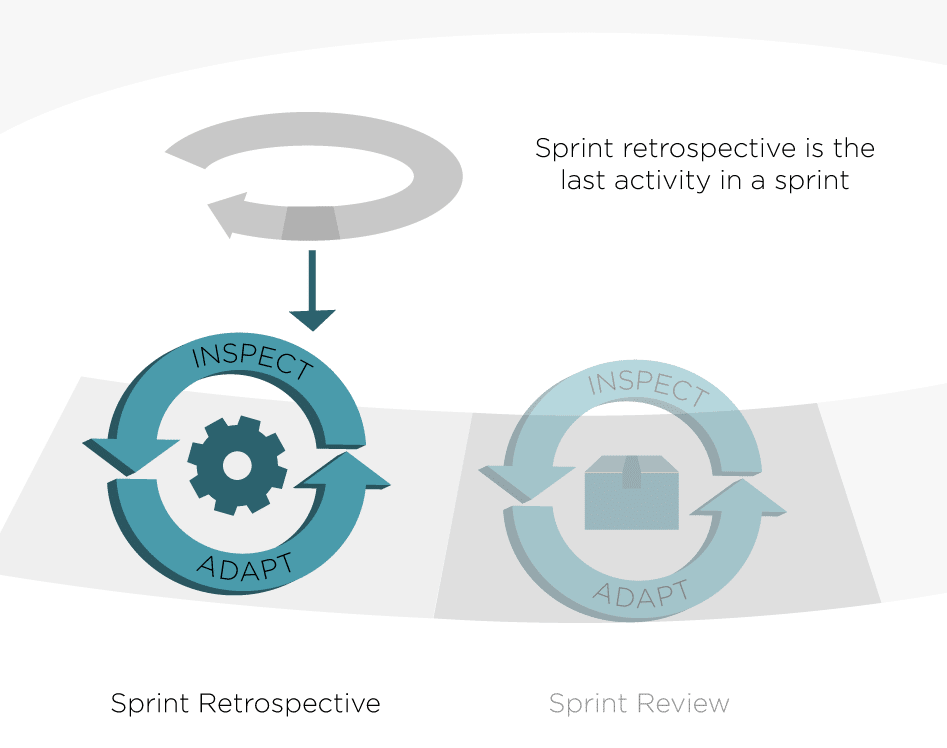
The sprint retrospective is at most a 3-hour meeting for four weeks of Sprint. For shorter Sprints, the duration will be shorter proportionately. It's conducted after Sprint Review but before next Sprint planning. The Scrum Master is responsible for sending out the invites and ensuring that meeting happens every Sprint.
Advantages of Sprint Retrospective
Scrum is all about continuous improvement, and Sprint Retrospective is an event that solely focuses on improvements on every aspect of Sprint. Why is Sprint retrospective so important? Let's find out
- The dedicated time slot that just focuses on improvement. Every other hour in Sprint is concentrated merely on meeting the sprint goal. There isn't a time where the team can get together and think about improvements. Sprint retro just provides that opportunity.
- Additionally, it helps Scrum Masters to listen to any concerns of team members, and take corrective steps. The concerns could be related to process, risks they foresee, or anything else which can impact delivery.
- It creates transparency and builds trust among team members. It also gives them a sense of ownership, that it's their Sprint, and they are in control of how it's run.
Who Participates in Sprint Retrospective Meeting?
Sprint retro is to improve the process within Sprint, so every single member must attend the meeting. It includes the Scrum Master, Product Owner, and the Scrum Development Team.
How is Sprint Retro conducted?
Sprint review, like any other sprint event, needs to be planned, and there are best practices that need to follow to maximize the benefit of this event.
As sprint review is the last event of the Sprint, we conduct it after the sprint retrospection. The meeting invite needs to send in advance, and as far as possible, a consistent time slot needs to follow.
The Scrum Master sets the context by talking about the sprint goals that we achieved (and not achieved), defects raised, and any other data that is relevant and useful in the sprint context.
The purpose is to inspect everything with regards to people, relationships, processes, and tools and create a plan for implementing improvements.
We can achieve it in various ways. One of the common ways is to capture three areas, as seen below. We can write it on board, or the team can talk, and Scrum Master can take notes.
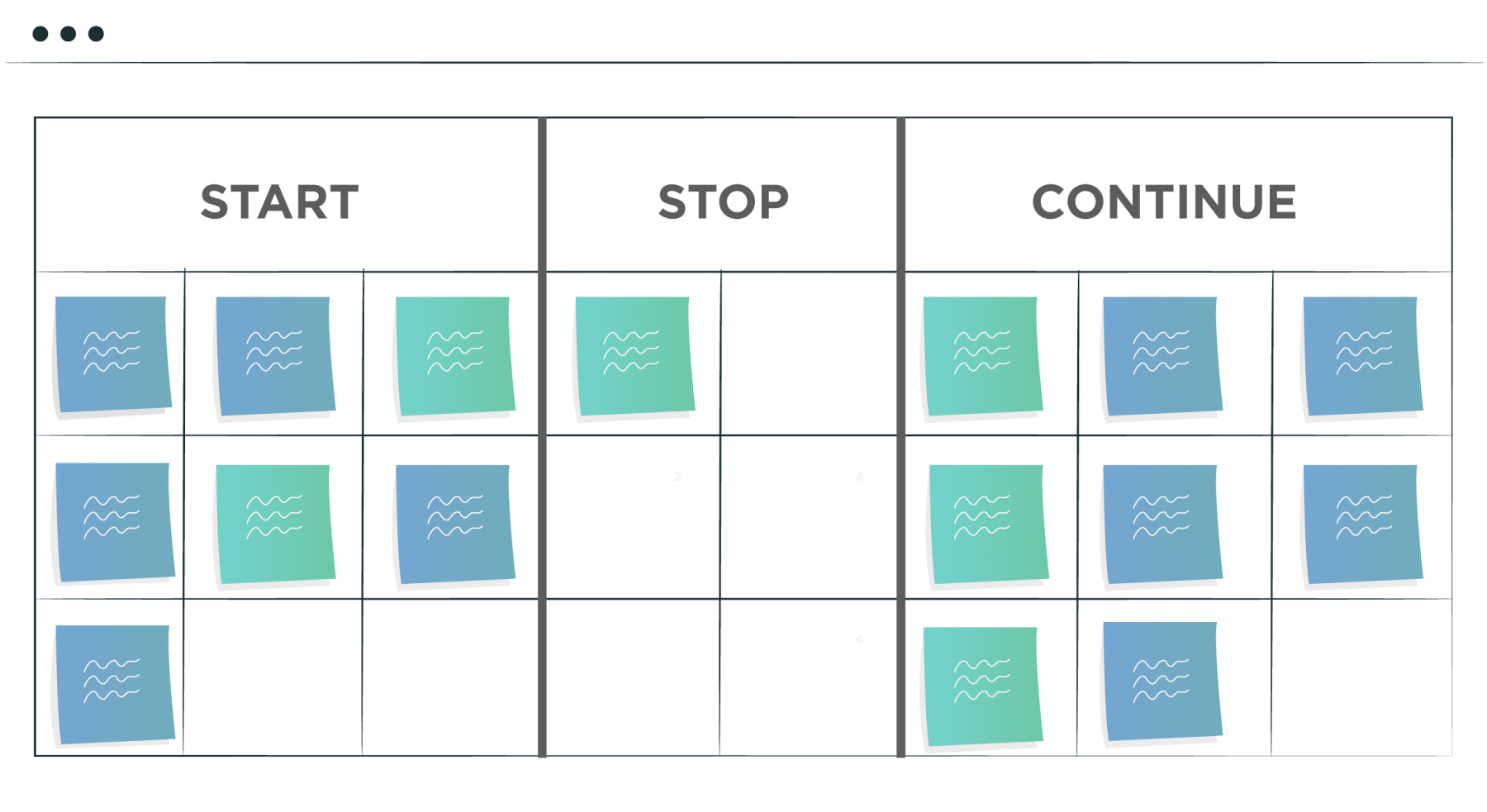
- Continue - What worked well this Sprint that we want to continue doing?
- Stop - What didn't work well this Sprint that we should stop doing?
- Start - What to start to improve?
The Scrum Master ensures everyone participates in a discussion, and the meeting is positive and productive. It's vital that this meeting should not turn into finding faults. The idea is to inspect and adapt as a team.
This meeting can also be an opportunity for team members to praise the other team members' efforts. It usually sets a positive tone before the discussion on improvements happen.
By the End of this meeting, the Scrum team identifies the improvements that it will implement in the next Sprint.
Common Questions on Sprint Retro
We have covered Sprint retro in detail, and by now you would have got a fair idea on this topic. Let's go through some of the common questions that people have on Sprint Retro.
What should we do if the Product Owner is a client and the team is not comfortable in retro?
It often happens that the Scrum team is from a service provider company, and the Product Owner is a client. So it's likely that the team may not open up in front of him, and not voice the concerns or improvement areas they see.
In such cases, the Scrum Master can take the lead, and the PO could be optional during the Sprint retro. Moreover, it can happen for the initial few sprints until the team feels more comfortable with the PO. However, As PO is an integral part of the team, Scrum Master needs to coach the team to create a safer and more trusting environment. Conclusively, it's essential that teams trust each other, and don't hesitate in voicing any concerns or highlighting any improvement areas.
Can other internal or external stakeholders attend the Sprint Retro?
Stakeholders outside the scrum team can attend the retro only if the team invites them. It's not very common as the team usually doesn't feel comfortable voicing the concerns in front of a bigger audience. Additionally, the team members must feel safe for having an open and candid discussion without feeling inhibited by outsiders. If the team doesn't feel safe enough to reveal the real issues because outsiders are attending, then the retro will lose its effectiveness.
